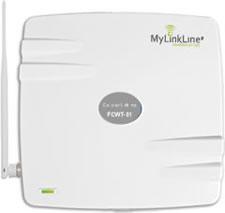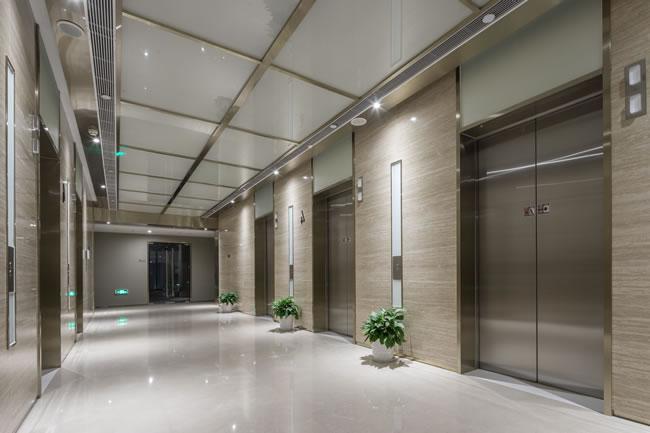7 Effective Strategies for Enhancing Lobby Security | A Comprehensive Guide
Ensure utmost safety with robust lobby security measures. Protect your building and occupants. Expert insights for effective solutions.
Enhancing Building Security: The Crucial Role of Lobby Security and Elevator Access Control
In an increasingly interconnected and security-conscious world, safeguarding commercial and residential buildings has become a paramount concern for property managers, owners, and tenants alike. Among the various aspects of building security, lobby security stands as the first line of defense against potential threats. Additionally, implementing secure elevator access control further contributes to tenant safety and property protection.
In this comprehensive article, we will delve into the significance of lobby security and explore the multifaceted ways in which elevator access control can enhance tenant protection and overall building security.
The Crucial Significance of Lobby Security
The lobby serves as a pivotal point of entry, acting as both a welcoming space for legitimate visitors and a barrier against unauthorized intrusion. The importance of maintaining a secure lobby security environment cannot be overstated:
1. Preventing Unauthorized Entry
A well-designed lobby security system acts as a fortress, preventing unauthorized individuals from gaining access to the building. Unauthorized entry can lead to a host of issues, ranging from theft and vandalism to more serious threats such as terrorism.
2. Effective Identification and Verification
A secure lobby facilitates efficient identification and verification processes for all individuals seeking entry. This can be accomplished through a combination of security personnel, access control technology, and visitor management systems. The ability to accurately identify visitors enhances building security and helps create a safer environment for all occupants.
3. Facilitating Emergency Response
During emergencies such as fires, natural disasters, or security breaches, the lobby serves as a central point for managing evacuations and coordinating responses. A secure lobby allows for controlled evacuation procedures, enabling emergency responders to manage situations effectively and minimize risks to occupants.
4. Deterring Criminal Activity
Visible security measures within the lobby, such as surveillance cameras, access control systems, and the presence of security personnel, act as powerful deterrents to criminal activity. The presence of these measures alone can discourage potential wrongdoers from targeting the building, contributing to overall safety.
Elevator Access Control: A Pillar of Tenant Protection
In the modern landscape of building security, elevator access control emerges as a critical component that complements lobby security measures. By managing access to different floors, elevator access control offers a range of benefits that contribute to tenant protection and peace of mind:
1. Precision in Access Management
Elevator access control systems empower property managers to precisely control who can access specific floors. This is particularly essential in multi-tenant buildings where different individuals and businesses occupy different floors. By limiting access to authorized personnel only, the potential for unauthorized entry is significantly reduced.
2. Tenant Privacy and Security
Respecting tenant privacy is paramount. Elevator access control ensures that individuals only access the floors to which they are authorized. This feature not only prevents unauthorized access to private living spaces but also enhances overall tenant security and comfort.
3. Guarding Against Unauthorized Move-ins
Unauthorized move-ins pose a serious threat to residential buildings. By implementing secure elevator access control, property managers can effectively prevent individuals from entering residential floors without proper authorization. This level of protection is especially critical for ensuring the safety of residents and their property.
4. Integration of Advanced Technology
Modern elevator access control systems offer integration with cutting-edge technologies, including biometric authentication, RFID key fobs, and smartphone apps. These convenient yet highly secure methods of access ensure that tenants can enter their designated floors with ease while maintaining stringent security standards.
5. Streamlined Building Management
Elevator access control extends beyond tenant security; it also provides building managers with enhanced control over the property. Comprehensive access logs and real-time monitoring capabilities allow for the tracking of movements, quick response to security concerns, and the ability to identify and address potential vulnerabilities.
Elevator Cellular Phone Lines
How to eliminate the cost of traditional elevator phone lines and save 35% or more. Our cellular elevator phone lines conform to ASME, ADA, and IBC codes, encompassing all requirements of the Arizona elevator code.

The Future of Building Security
As technology continues to advance, so too do the capabilities of lobby security and elevator access control systems. Modern innovations offer the potential for even more sophisticated security measures, such as AI-powered facial recognition and predictive analytics for threat detection. These advancements will continue to shape the landscape of building security, ensuring that properties remain safe and secure in the face of evolving risks.
Final Thoughts
In a world where security threats are a constant concern, prioritizing building security is no longer an option; it’s a necessity. The synergy between a secure lobby and a well-implemented elevator access control system significantly enhances the safety of both commercial and residential buildings.
By preventing unauthorized access, respecting tenant privacy, deterring criminal activity, and offering advanced technology integration, these security measures create an environment in which tenants can feel safe and at ease. As technology evolves, so will the sophistication of lobby security and elevator access control systems, ensuring that buildings continue to serve as havens of security for all who occupy them.

